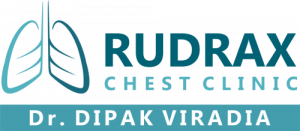
A medical ventilator is a machine that helps the lungs work. It’s used for breathing problems that can accompany a variety of conditions.
Other names for a ventilator are:
- respirator
- breathing machine
- mechanical ventilation
Babies, children, and adults may need a medical ventilator for a short time while recovering from an illness or other issue. Here are some examples:
- During surgery. A ventilator can temporarily do the breathing for you while you’re under general anesthesia.
- Recovering from surgery. Sometimes people need a ventilator to help them breathe for hours or even days after surgery.
- When breathing on your own is very difficult. A ventilator can help you breathe if you have lung disease or another condition that makes breathing difficult or impossible.
Some conditions that may need the use of a ventilator include:
- amyotrophic lateral sclerosis (ALS), commonly known as Lou Gerhig’s disease
- coma or loss of consciousness
- brain injury
- collapsed lung
- chronic obstructive pulmonary disease (COPD)
- drug overdose
- lung infection
- myasthenia gravis
- pneumonia
- polio
- premature lung development (in babies)
- stroke
- upper spinal cord injuries




